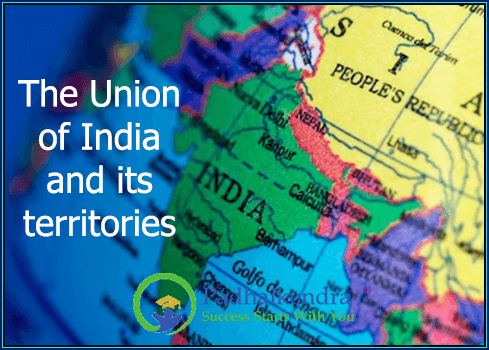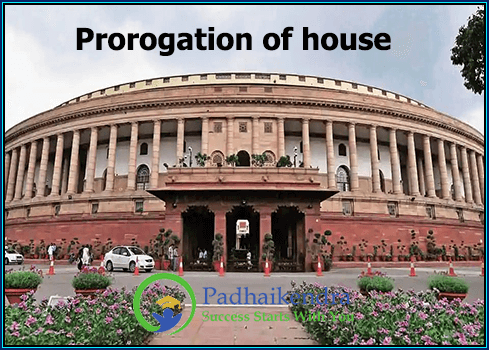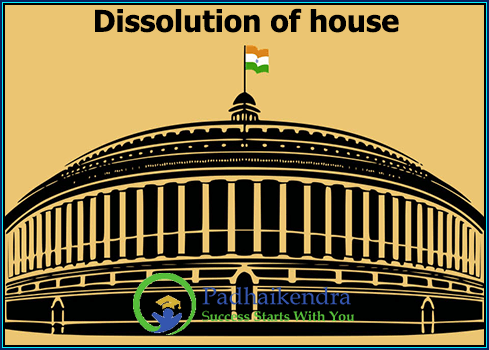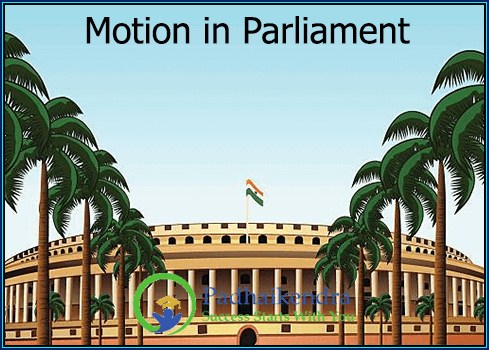The Constitution of India defines the Union of India and its territories. The Union of India is a federal union comprising 28 states and 8 Union territories. The states and Union territories are further divided into districts and other administrative divisions.
The Constitution of India lays down the procedures for the formation, alteration, and abolition of states and Union territories. It also provides for the power of Parliament to admit new states into the Union, and to alter the boundaries, names, or areas of existing states.
The Constitution of India divides the Union territories into two categories: those with a legislature and those without a legislature. The Union territories with a legislature are Delhi, Puducherry, and Jammu and Kashmir, while the Union territories without a legislature are Andaman and Nicobar Islands, Chandigarh, Dadra and Nagar Haveli and Daman and Diu, Lakshadweep, and Ladakh.
The Constitution of India also defines the powers of the Union and the states, and provides for a system of cooperative federalism. The Union has exclusive powers to legislate on matters such as defence, foreign affairs, currency, and communication. The states, on the other hand, have the power to legislate on matters such as law and order, health, education, and agriculture. The Constitution provides for a system of concurrent powers, under which both the Union and the states can legislate on matters such as taxation, trade, and commerce.
The Constitution of India defines the Union of India and its territories, and provides for a system of federalism that defines the powers of the Union and the states.





